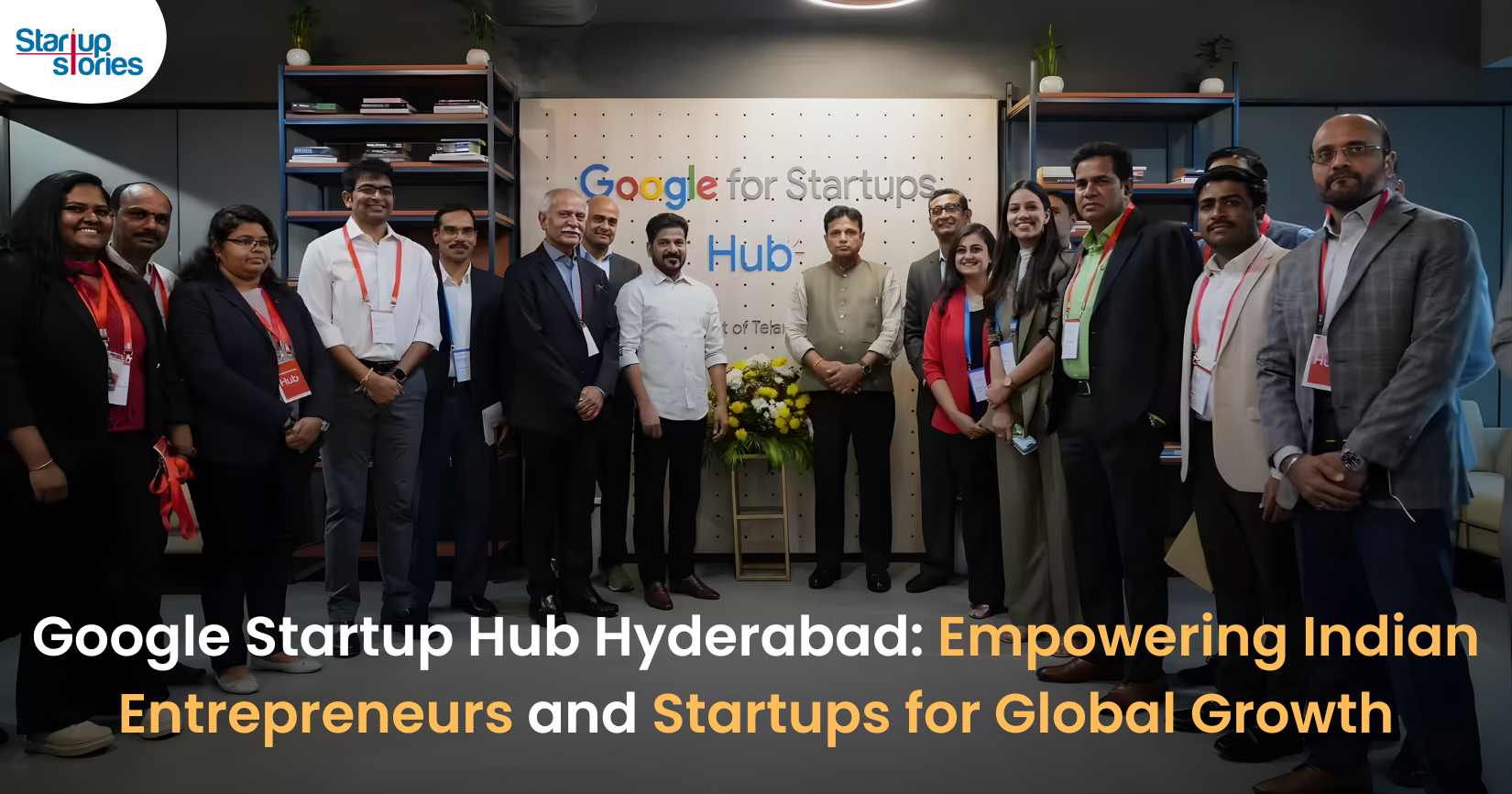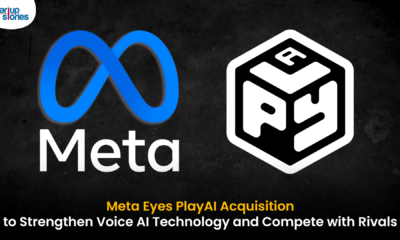Technology
Know Why Automation Is The Latest Buzzword In Marketing

Have you ever thought how emails related to your internet search are delivered to your personal email id? It is all possible because of automation and artificial intelligence. In the present day scenario, companies mostly in the customer segment are analyzing what the customer is searching for and approach him with a related pointed marketing strategy.
What is this Marketing Automation?
It is software that automates marketing on multiple platforms such as website content, social media, and emails for you. The clear and final goal of any marketing strategy is to increase sales. For that, firstly we should drive visitors to a website, generate leads and convert leads into successful sales.
The functions of the Marketing Automation are:
1) Analysis of customers
2) Development of marketing campaigns
3) Organizing the appropriate data of customers
4) Reaching the target or potential customers
5) Generate leads and converting them to sales
6) Following up with the customers after the sale
Automation is trending in marketing nowadays. All companies are applying this strategy to approach the right customer. Automation enhances the company’s marketing values probably increases ease the sales. It can be applied in every sector and using it will be profitable. It contributes extra features to both offline and online marketing in multiple ways. Using automation, you can analyze data and adapt to any change fast accordingly. You can also run a continuous test to check your strategy.
It is crucial for companies to have marketing automation technology because it allows streamlining marketing goals and tasks. A software can be used to implement Marketing Automation Technology and that takes care of scheduled tasks like social media, emailing to the potential and existing customers.
Marketing should not end after the sale, don’t neglect your customer base. The automation technique may help better to reach the exact customer or potential customer and help in increasing the conversion rate from leads to sales.
Not every marketing strategy succeed. It has the capability to target audience. Marketing automation surely reduces the cost for marketing and improve lead conversions, but implementing the right things which work for your company. You should align marketing automation with creative content because sending mindless messages won’t work.
Create great content to your customers so that they get much interested and attached to your company. Don’t set an auto-controlled campaign, because you should analyze the performance and update it regularly. Don’t start with a huge campaign, in the beginning, start with a small marketing campaign and then build it. Always managing a personalized and dynamic campaign will be better.
It is also important for organizations to craft the right message in right time. The marketing emails may fall in spam folder if emails are not sent from a secure server or organizations mail. Automation technique is not just to give an impression to customers when they visit or view the website of a post they should feel the real experience.
News
Google Launches Startup Hub in Hyderabad to Boost India’s Innovation Ecosystem

Google has launched the Google Startup Hub Hyderabad, a major step in strengthening India’s dynamic startup ecosystem. This new initiative aims to empower entrepreneurs, innovators, and developers by giving them access to Google’s global expertise, mentoring programs, and advanced cloud technology. The hub reflects Google’s mission to fuel India’s digital transformation and promote innovation through the Google for Startups program.
Located in the heart of one of India’s top tech cities, the Google Startup Hub in Hyderabad will host mentorship sessions, training workshops, and networking events designed for early-stage startups. Founders will receive Google Cloud credits, expert guidance in AI, product development, and business scaling, and opportunities to collaborate with Google’s global mentors and investors. This ecosystem aims to help Indian startups grow faster and compete globally.
With Hyderabad already home to tech giants like Google, Microsoft, and Amazon, the launch of the Google Startup Hub Hyderabad further cements the city’s position as a leading innovation and technology hub in India. Backed by a strong talent pool and robust infrastructure, this hub is set to become a growth engine for next-generation startups, driving innovation from India to global markets.
Technology
Jio Unveils Cloud PC Service to Bring Affordable Computing to Indian Households

- Jio Platforms has launched JioPC, a cloud-based virtual desktop service that transforms any television connected to a Jio Set Top Box into a fully functional computer.
- Users simply connect a keyboard and mouse to access a desktop-like environment, complete with web browsing, productivity tools, and educational apps—all without needing a physical PC or extra hardware.
- The service is device-agnostic and works with all consumer PC brands, making advanced computing accessible and affordable for millions across India.
JioPC is designed to support a wide range of activities, from professional work to online learning and creative projects. By leveraging Jio’s robust cloud infrastructure, users can run even compute-intensive AI applications directly from their TV screens. The platform also ensures data security and reliability, as all files and settings are safely stored in the cloud, protecting users from data loss even if their device is reset or replaced.
With JioPC, Jio aims to democratize digital access and bring high-performance computing to Indian households at a fraction of the traditional cost. The service supports popular productivity suites like LibreOffice and Microsoft Office online, and Jio is offering a free trial to encourage users to experience the benefits firsthand. This innovative move is set to reshape how people in India work, learn, and connect in the digital age.
Technology
WhatsApp Introduces Ads in Updates Tab, Keeps Chats Ad-Free

Meta has officially begun rolling out ads on WhatsApp, ending over a decade of an ad-free experience since its acquisition in 2014. The advertisements will appear only in the Updates tab, specifically within the Status feature, which lets users share photos, videos, and text updates that disappear after 24 hours—similar to Instagram Stories.
Where Ads Will Appear
- Ads will be visible exclusively in the Status section of the Updates tab, keeping personal and group chats ad-free.
- Businesses can use these ads to encourage users to interact via WhatsApp messaging.
- Meta is also introducing paid channel subscriptions and promoted channels within the Updates tab, allowing users to access premium content and discover new channels more easily.
Privacy and Targeting
Meta has emphasized that private messages, calls, and group chats will remain end-to-end encrypted and free from advertising. Ads will be personalized using limited, non-sensitive data such as location, language, followed channels, and ad interactions. Users can further manage ad preferences if they link WhatsApp to Meta’s Accounts Center.
User and Business Impact
The move marks a major shift for WhatsApp, which has long resisted advertising to preserve a clean messaging experience. While some users have criticized the change, Meta sees this as a significant opportunity to monetize WhatsApp’s 3 billion users and over 200 million businesses on the platform.
In summary, WhatsApp’s new ads will be confined to the Updates tab, ensuring personal messaging remains private and uninterrupted, while opening new monetization avenues for Meta and businesses.














GO88
November 6, 2025 at 5:59 pm
Tham gia cộng đồng game thủ tại Go88 để trải nghiệm các trò chơi bài, poker phổ biến nhất hiện nay.
iwin
November 8, 2025 at 5:22 pm
iwin – nền tảng game bài đổi thưởng uy tín, nơi bạn có thể thử vận may và tận hưởng nhiều tựa game hấp
ios超级签
November 11, 2025 at 3:29 pm
苹果签名,苹果超级签平台,ios超级签平台ios超级签苹果企业签,苹果超级签,稳定超级签名
MM88
November 13, 2025 at 11:17 pm
Khám phá thế giới giải trí trực tuyến đỉnh cao tại MM88, nơi mang đến những trải nghiệm cá cược thể thao và casino sống động.
J88
November 16, 2025 at 10:32 am
Đến với J88, bạn sẽ được trải nghiệm dịch vụ cá cược chuyên nghiệp cùng hàng ngàn sự kiện khuyến mãi độc quyền.
Kuwin
November 20, 2025 at 6:27 am
kuwin sở hữu kho game đa dạng từ slot đến trò chơi bài đổi thưởng, mang đến cho bạn những giây phút giải trí tuyệt vời.
MM88
November 29, 2025 at 8:21 pm
Với giao diện mượt mà và ưu đãi hấp dẫn, MM88 là lựa chọn lý tưởng cho các tín đồ giải trí trực tuyến.